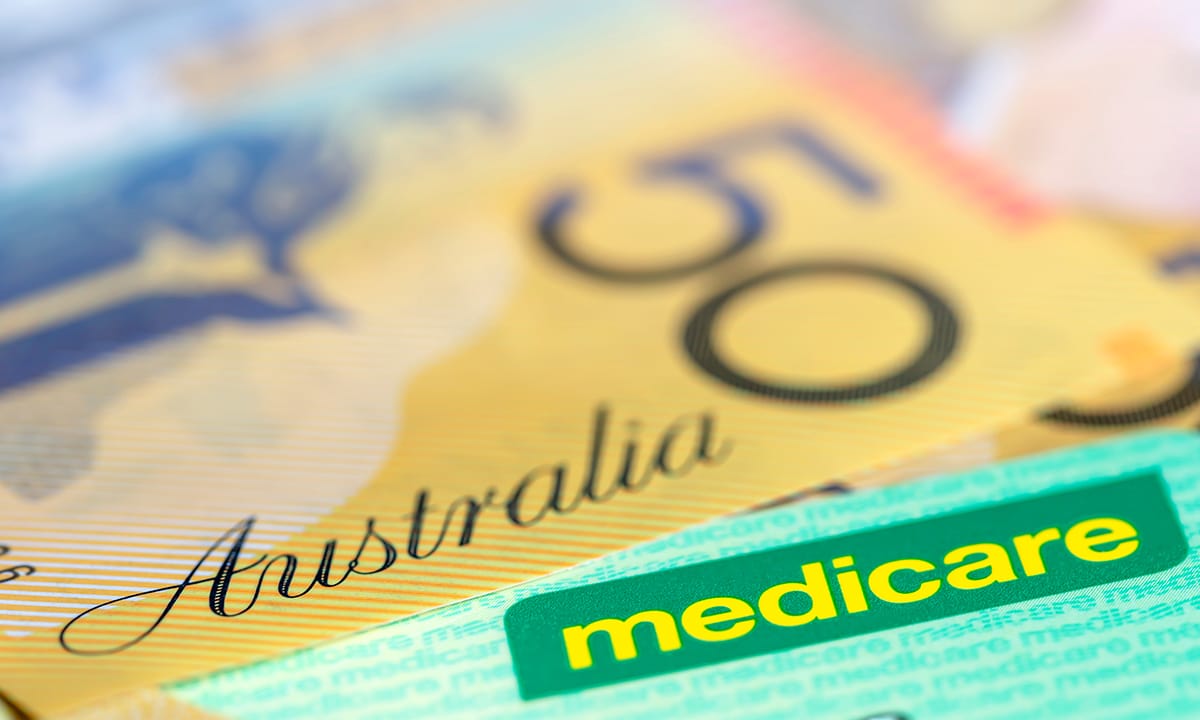Buying a house in Australia is both a major milestone and a complex journey, shaped by dynamic market conditions, legal frameworks, and financial requirements. With property prices and housing availability varying dramatically across cities and regions, prospective buyers must equip themselves with accurate information and strategic insights. In 2024, the median house price in Sydney reached over AUD $1.03 million, while in Melbourne it stood at around AUD $780,000, showing the stark contrast in affordability depending on location. Platforms such as (Domain) and (realestate.com.au) offer daily updates and extensive listings for both first-home buyers and seasoned investors.
The Australian housing market is heavily influenced by factors like population growth, interest rates, and immigration. With more than 400,000 new migrants settling in the country in 2023 alone, demand continues to outpace supply in many urban centres, pushing rental prices and property values higher. This is one reason why many Australians are shifting from renting to ownership, especially in the wake of rental vacancy rates dropping below 1.1% in major cities. For anyone considering buying a house in Australia, understanding broader market trends is essential. Valuable property research tools are provided by agencies like the (Australian Bureau of Statistics) and the (Reserve Bank of Australia).
Financing your home is equally critical. Most buyers rely on home loans, with over 70% now turning to (mortgage brokers) for tailored loan comparisons. Fixed and variable interest rates have fluctuated in response to cash rate changes, making pre-approval and budgeting vital first steps. Government schemes such as the (First Home Guarantee) and the (First Home Super Saver Scheme) are easing entry for new buyers, especially those with limited deposits.
The actual process of buying a home—from pre-approval to settlement—involves multiple steps and legal checks. Buyers must be aware of potential additional costs such as stamp duty, legal fees, and inspection costs, which can significantly add to the overall price. Tools from sites like (MoneySmart) and (Canstar) help calculate repayments, compare mortgages, and understand property-related costs. Legal support is crucial during contract review, especially for foreign buyers subject to additional conditions via the (Foreign Investment Review Board).
Ownership also brings tax and legal responsibilities, especially for investors. Issues like land tax, capital gains tax, and ownership structures (joint tenancy vs tenancy in common) have long-term financial implications. Professional advice from legal services like (LegalVision) or local conveyancers can ensure compliance and protect your investment.
Buying a house in Australia is a journey that blends aspiration with due diligence. Whether you’re purchasing a home to live in, rent out, or hold as an investment, your decisions today will shape your financial future for decades to come. By using reliable data, understanding regulations, and seeking expert advice, buyers can navigate the market with confidence and clarity.
Understanding the Australian Property Market
Current Property Market Trends
The property market in Australia has experienced significant fluctuations over the past decade. As of 2024, the median house price across major cities like Sydney and Melbourne sits at approximately AUD $1.03 million and AUD $780,000 respectively. Regional areas such as Adelaide and Hobart are also seeing growth, with median prices around AUD $680,000 and AUD $640,000. Buying a house in Australia is heavily influenced by market cycles driven by interest rates, migration, and government incentives.
City vs Regional Property Values
City properties continue to demand premium prices. For example, in Sydney’s Inner West, buyers may pay over AUD $1.5 million for a modest house. Meanwhile, regional towns like Ballarat or Wagga Wagga offer properties under AUD $600,000. The pandemic further drove remote work trends, encouraging shifts to affordable rural areas, influencing regional growth.
First Home Buyer Activity
First home buyers make up around 25% of all property buyers in Australia, supported by schemes like the First Home Guarantee and state-level stamp duty concessions. The government reported over 50,000 first-home buyers using these schemes in 2023–24.
Demand Drivers: Migration and Population Growth
With over 400,000 new migrants entering Australia in 2023, the demand for housing continues to surge. Net overseas migration, especially into cities like Melbourne and Brisbane, has put pressure on housing availability, pushing prices upward.
Rental Market Pressure
A tight rental market with vacancy rates under 1.1% in capital cities is prompting renters to consider ownership. Buying a house in Australia becomes a strategic decision amid rising rents, with median weekly rents surpassing AUD $600 in major cities.
Navigating Home Loans and Financing Options
Understanding Mortgage Types
There are several mortgage types in Australia: variable, fixed, split, and interest-only. As of 2024, the average standard variable rate is around 6.19%, while fixed rates range between 5.5% and 6.2% for 2-3 year terms. Buying a house in Australia often requires comparing lenders to secure the best financing option.
Loan-to-Value Ratio (LVR) and Deposit Requirements
Lenders typically require a 20% deposit, although loans are available with as little as 5% under certain government schemes. However, an LVR above 80% attracts Lenders Mortgage Insurance (LMI), which can cost thousands. For a AUD $700,000 house with 10% deposit, LMI can exceed AUD $15,000.
Government Assistance Programs
The First Home Guarantee allows eligible buyers to purchase with just 5% deposit without paying LMI. Additionally, the First Home Super Saver Scheme lets buyers withdraw voluntary super contributions (up to AUD $50,000 per person) to fund a home deposit.
Bank vs Mortgage Broker
Over 70% of home buyers in Australia now use mortgage brokers. Brokers offer access to over 30 lenders and help buyers compare interest rates, loan terms, and features such as offset accounts or redraw facilities.
Impact of Credit Score and Income
A good credit score (700+) and stable income are essential for loan approval. Lenders generally approve loans with a debt-to-income ratio (DTI) of up to 6. For instance, a person earning AUD $100,000 annually could be approved for a home loan of around AUD $600,000. Buying a house in Australia thus requires careful financial planning and credit health.
Step-by-Step Guide to the Home Buying Process
Budgeting and Financial Preparation
The first step in buying a house in Australia is setting a realistic budget. Calculate your deposit, loan eligibility, and additional costs like stamp duty, legal fees, and inspections. For a AUD $700,000 property in NSW, expect to pay approximately AUD $27,000 in stamp duty alone.
Pre-Approval Process
Getting pre-approval from a lender strengthens your position when negotiating with sellers. It usually lasts 3–6 months and confirms your borrowing power. Pre-approval involves submitting payslips, bank statements, ID, and credit checks.
Property Search and Inspection
Use platforms like Domain, realestate.com.au, and local agents to search properties. Always conduct building and pest inspections (costing around AUD $500–$700) to avoid hidden issues. Consider school zones, transport, crime rates, and growth potential during the search.
Making an Offer or Bidding at Auction
Properties in Australia are either sold by private treaty or auction. For private sales, you can negotiate the price and conditions. In auctions, the highest bid wins once the reserve price is met. In 2024, clearance rates in Sydney hover around 70%.
Contracts and Legal Checks
Your solicitor or conveyancer reviews the contract of sale and handles due diligence. A cooling-off period (usually 5 business days) applies to private sales, except in auctions. Buying a house in Australia requires understanding legal obligations, including property titles and zoning laws.
Legal, Tax, and Ownership Considerations for Buyers
Stamp Duty and Transfer Costs
Stamp duty is a significant upfront cost. In Victoria, for a property worth AUD $800,000, stamp duty is approximately AUD $43,070. Concessions apply to first-home buyers or pensioners. You must also pay transfer fees and registration charges, which vary by state.
Foreign Investment Restrictions
Non-residents must get approval from the Foreign Investment Review Board (FIRB) and can usually only buy new dwellings. FIRB application fees start at AUD $14,100 for properties under AUD $1 million. Buying a house in Australia as a foreigner is possible but tightly regulated.
Land Tax Obligations
Land tax applies annually in most states for investment properties. In NSW, land valued over AUD $969,000 (as of 2024) attracts tax, which is calculated progressively. Owner-occupied homes are generally exempt from land tax.
Ownership Structures: Joint Tenants vs Tenants in Common
When buying property with another person, you can register as joint tenants (equal ownership with survivorship) or tenants in common (can specify ownership percentages). This impacts inheritance, legal claims, and taxes.
Capital Gains Tax (CGT) on Property
CGT applies when selling an investment property. However, if you live in the home for over 12 months and it’s your primary residence, you may be exempt. CGT rates align with your income tax bracket. Buying a house in Australia as an investment requires awareness of exit tax implications.




